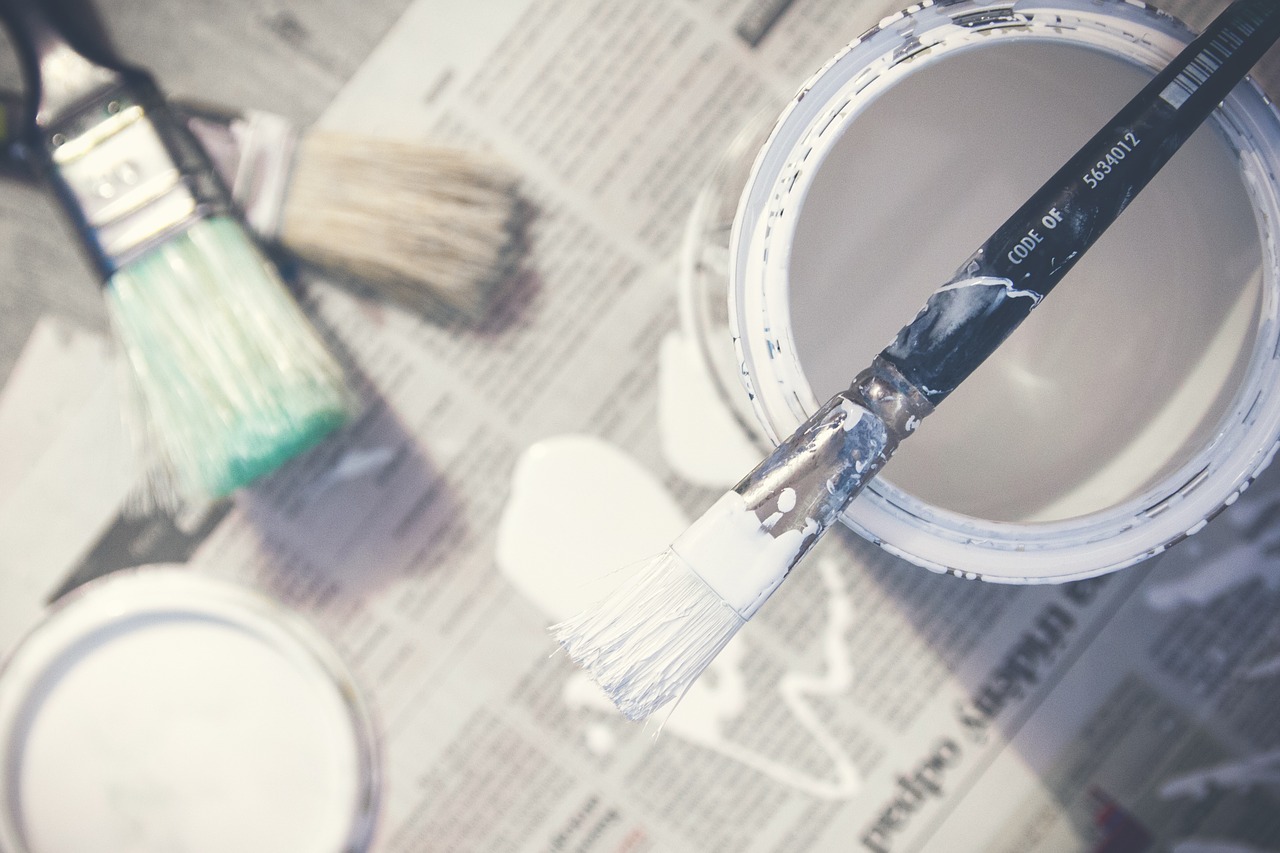For homeowners who are planning a new home improvement project, financing the job should be a top priority. The best option for financing depends on your personal situation and how much equity you have in your home. When it comes to financing home improvements, there are several options.
Using Cash
Homeowners who have enough cash saved up can usually pay for improvements outright. If there’s a project on the horizon you’d like to tackle, budget it into your finances and begin saving for it. Paying for improvements out of pocket means you don’t have to use your home as collateral on a loan or pay the money back with interest. Since you’re not using your home as collateral, there’s no risk of foreclosure for homeowners who use cash. Smaller home improvement projects that cost less than $10,000 are easier to pay out of pocket. Consider financing your home lift or other home improvement project through budgeting and saving.
Credit Card
If immediate cash isn’t an option, then you can use your credit card to finance the project. Credit cards tend to have high interest rates, but you can avoid loan fees or closing costs by using your card. Use your credit cards for home improvements sparingly, and only if you have a plan to pay off the balance within a year.
Personal Loan
A personal loan allows you to borrow money without using the collateral in your home as a down payment. That means if you default on the loan you aren’t at risk for losing your home. Unsecured personal loans are usually only offered for projects that cost below $10,000. Do not mistake payday loans or loans offered by non-banking entities with an unsecured personal loan. Those types of loans tend to come with massive fees and interest rates attached.
Home Equity Loan or Line of Credit
A home equity loan allows you to use the equity in your home as personal collateral. This loan borrows against the value of your home minus your existing mortgage. Home equity loans can be a good option for projects that are one-time. The interest rate associated with these loans is also fixed. Interest paid on a home equity loan is tax deductible up to $1 million. One downside to home equity loans is the closing costs associated with them. You could also risk foreclosure if you’re unable to repay the loan payments.
A home equity line of credit (or HELOC) uses your home’s equity as collateral much like a home equity loan. However, it acts more like a credit card in that you can withdraw various amounts of money over time with a maximum limit. The maximum amount is the upper limit of equity for your home. HELOCs are a good option for homeowners with a long-term project that will need funding over a long period. Interest rates associated with HELOCs are variable, which means they could raise or lower of the course of the credit line.
Borrowing From 401k
If your employer offers a 401k plan, you may want to check and see if you can borrow against it to pay for home improvements. The interest rates for borrowing against your 401k are low, and there’s no fees or closing costs associated with it. The downside of this option means you will have to stay at the job for the length of the repayment term. If you leave the job, you’ll have to pay the balance in full. Other penalties and taxes may apply if the amount isn’t repaid within five years.



 Bitcoin
Bitcoin  Ethereum
Ethereum  XRP
XRP  Tether
Tether  Solana
Solana  USDC
USDC  TRON
TRON  Lido Staked Ether
Lido Staked Ether  Cardano
Cardano  Avalanche
Avalanche  Toncoin
Toncoin